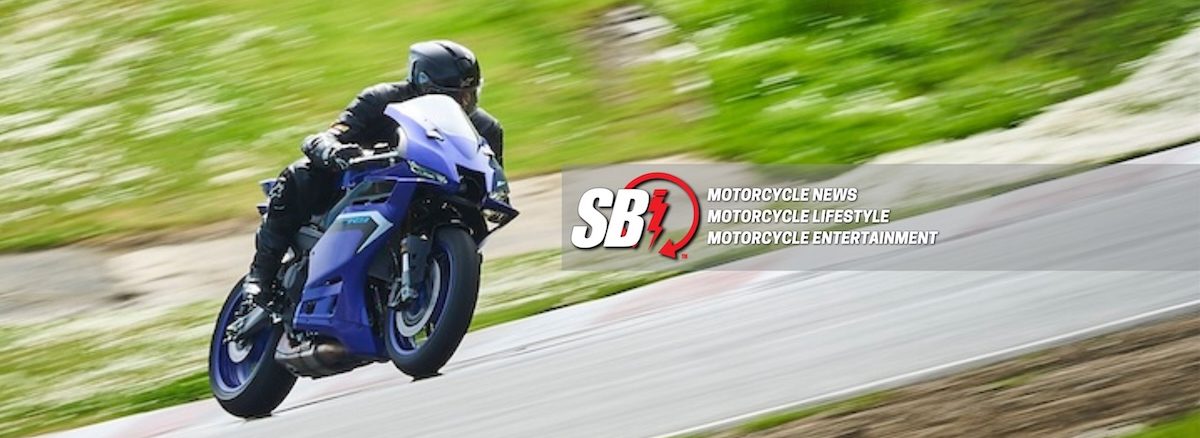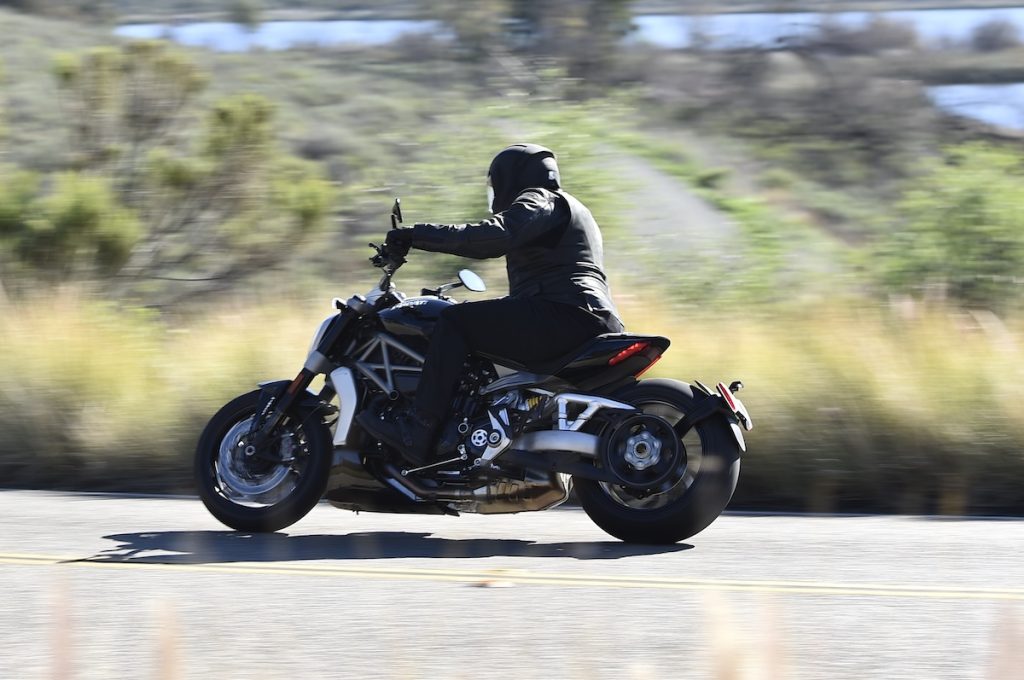
There is a strong case to be made regarding the preference of a belt final drive over a chain final drive for a motorcycle. In my modest fleet of bikes, one of three, a 2016 Ducati XDiavel S is belt-driven. The Ducati XDiavel S is a power cruiser with a racing 1262 cc, torque-heavy Testastretta engine. While my other machines in the stable get plenty of asphalt affection, the XDiavel seems to get most of my attention as a daily rider and as a backroads, twisties, and highway runner.
The 2016 XDiavel was the first belt drive application for a Ducati, as they were on a mission to engineer a proper cruiser. Belts maintain a sleek, low-profile look that complements modern motorcycle aesthetics. I can envision the XDiavel with a chain but it just wouldn’t be the same ride. The belt is a minimalistic solution that puts the focus on the bike’s frame, engine, and bodywork rather than the mechanics of power delivery. When talking about the many joys of riding the XDiavel over my chain-driven bikes, I make note of the ease of the belt. While nothing is truly carefree, the belt final drives do eliminate the concerns of overall chain maintenance.
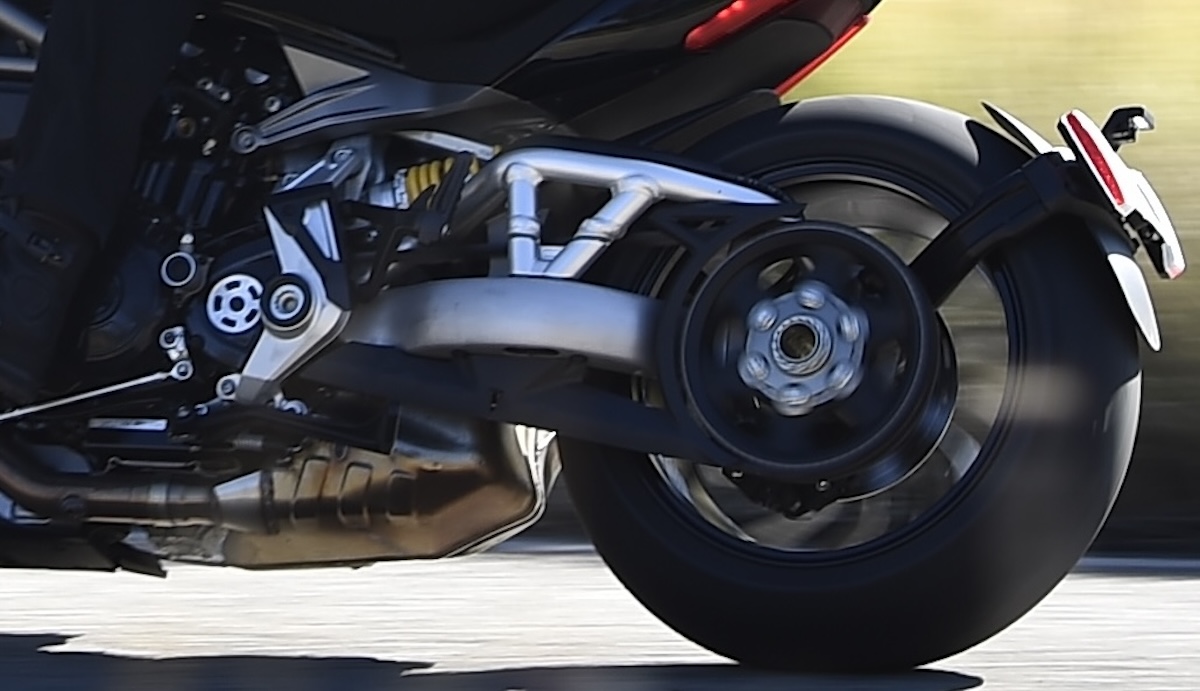
Your motorcycle chain requires regular lubrication, adjustments, and cleaning. Over time, dirt and grime build-up, leading to wear and stretch. Slack checking and applying chain lube are part of the regime. The belt drive is more hands-off. Modern belts, like those manufactured by Gates and other industry leaders, are designed to run smoothly without the need for lubrication. They don’t stretch nearly as much as a chain and don’t require routine adjustments. This means more seat time instead of wrench time.
Obviously, chain drives are an industry standard. They’re affordable, easy to replace, and have been a staple in motorcycling for over a century. However, they do wear down more quickly over the long haul, and a neglected chain can fail at inopportune moments. A proper belt is composed of carbon fiber and advanced polymers, which are corrision and rust-resistant. Belts are designed to handle the workload required for power delivery on big-bore, torque-rich bikes. Yes, chains are less expensive and easier to replace than belts but there is a trade-off with the frequency. A high-quality belt drive can outlast your engine’s expected service life.
No one is expecting you to swap your bike’s transmission from a chain drive to a belt drive. The point that I am making is that a motorcycle with a belt final drive should not be a deterrent when considering a motorcycle purchase.
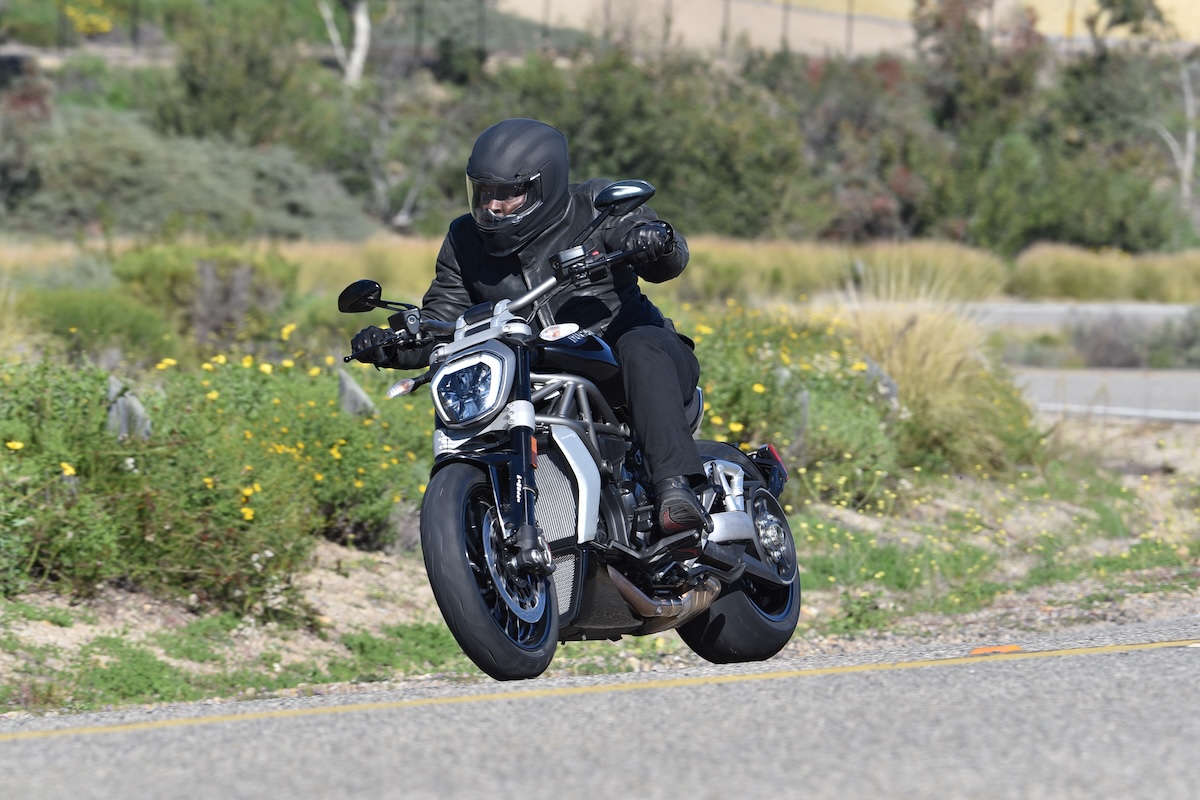
Like myself, many riders have multiple motorcycles in their garages to match their many riding moods. As that fleet changes from time to time, I urge you to investigate and explore adding a belt-driven bike to your lineup.
After years of cleaning chains, checking slack, and reapplying lube on my other bikes, the XDiavel’s belt drive became something that I never really had to think about. There’s no grime flinging onto the rear rim, no chain spray all over the swingarm, and no tedious adjustments between rides. The belt has proven itself remarkably robust. I’ve enjoyed long trips from Florida to Pennsylvania, weekend runs, and plenty of spirited rides through twisty backroads, and the belt just keeps doing its job quietly and efficiently. It’s one of those details that might seem small but adds real enjoyment to the ownership experience. When I’m out there riding, I don’t think about the final drive at all—I think about the road ahead and the performance I can rely on, mile after mile.
As our bikes evolve with the latest technologies and engineering breakthroughs, it’s only fitting that our final drives keep pace. There is a growing segment of makers whose bikes are equipped with belt final drives, especially in the EV sector—Livewire, Zero, and Ryvid, to name a few. Belts might not be for everyone, but if your priorities align with less hassle and more riding, explore the option.
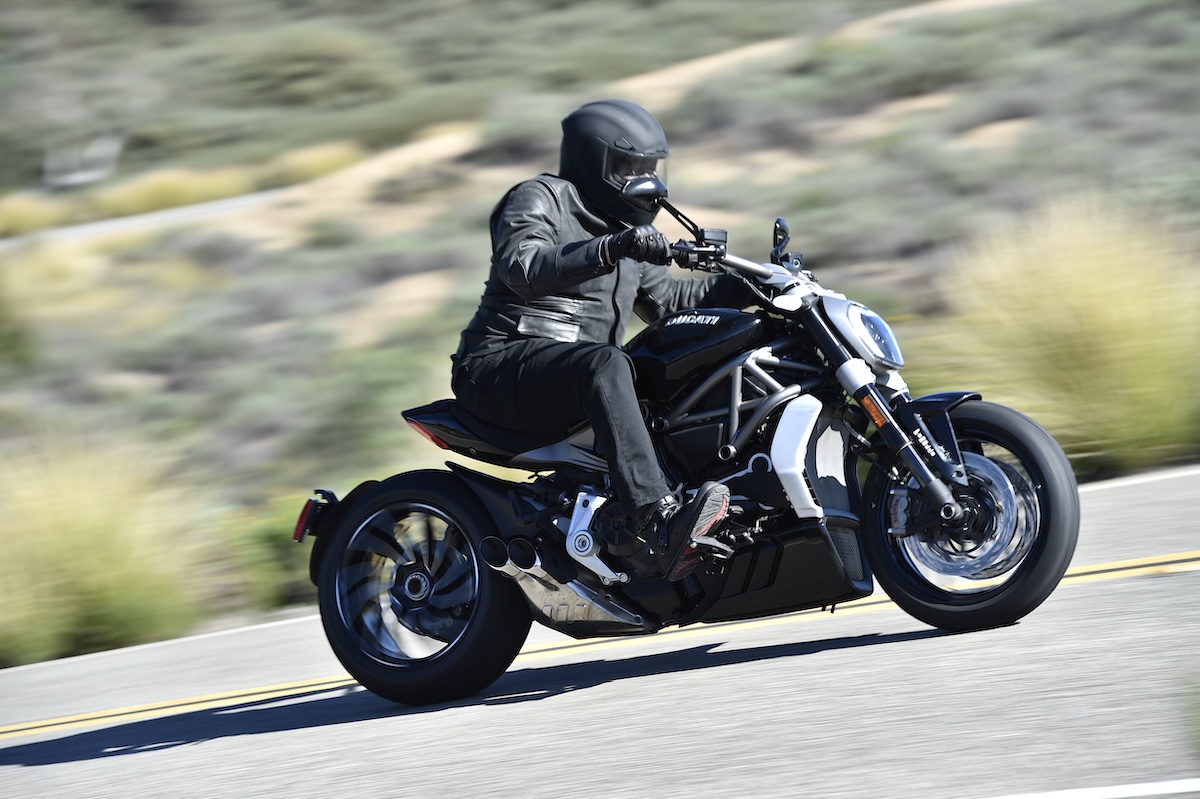
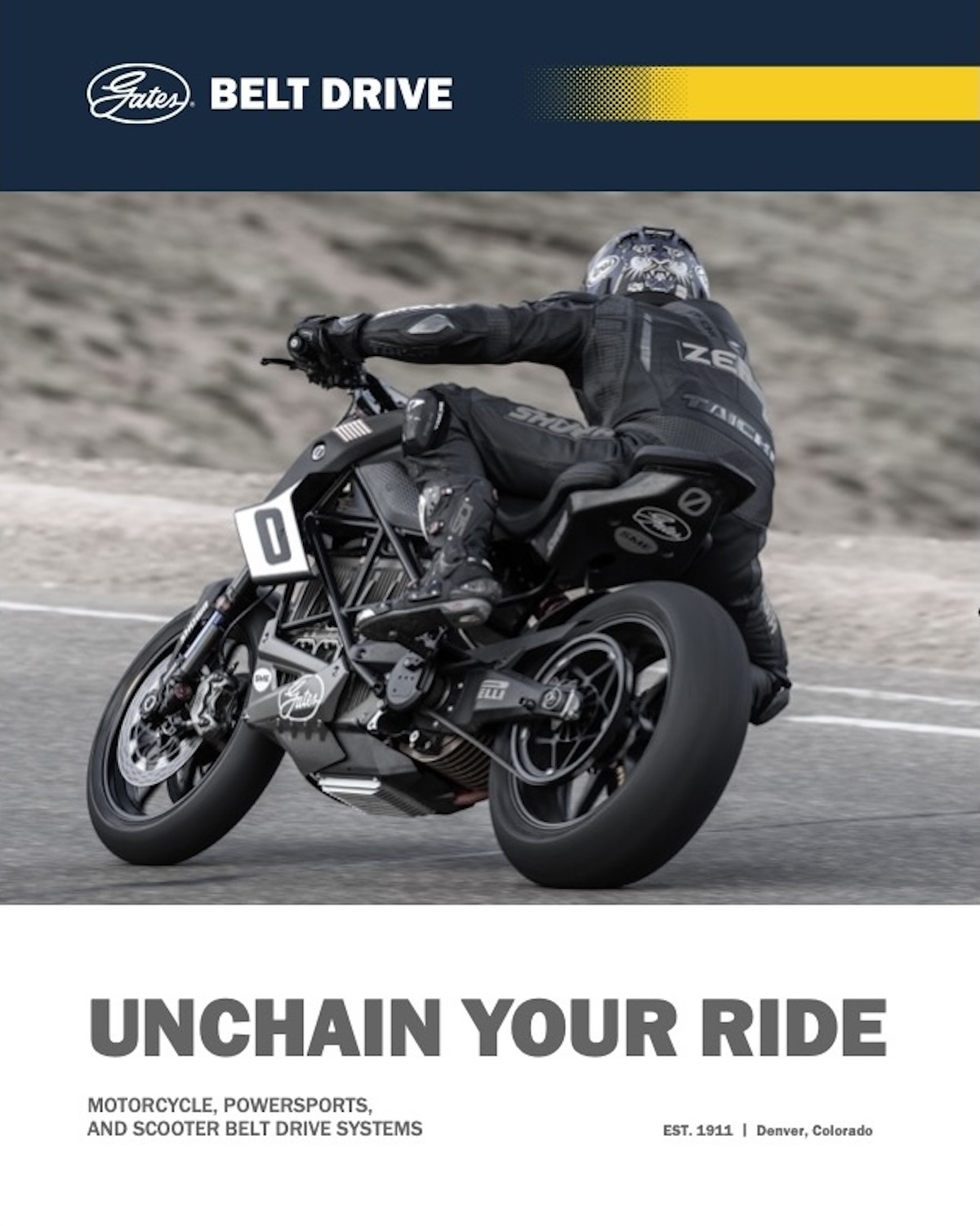
About The Author
Discover more from SportBikes Inc Magazine
Subscribe to get the latest posts sent to your email.
